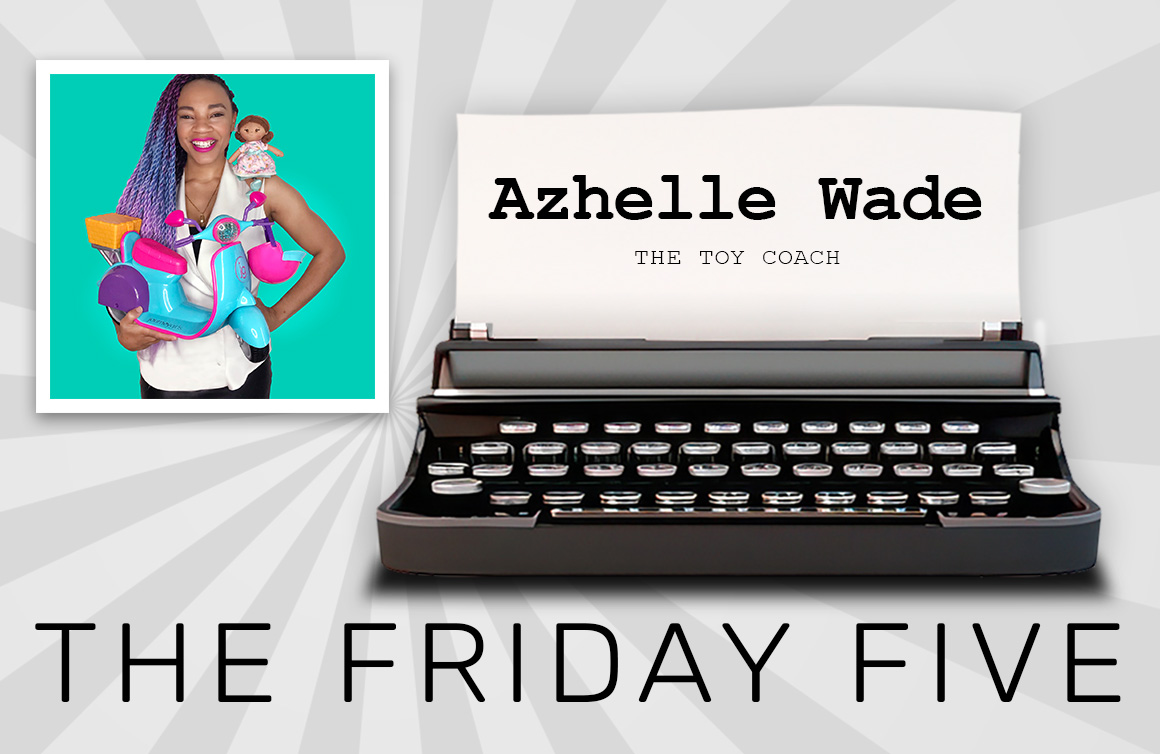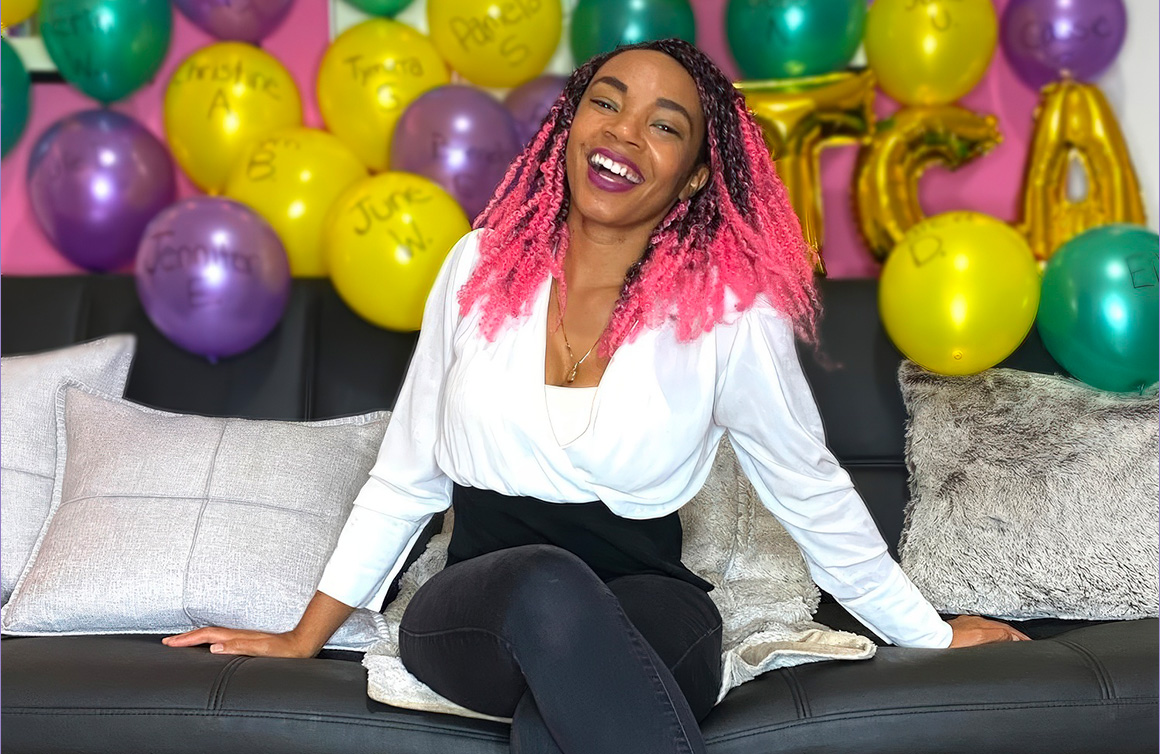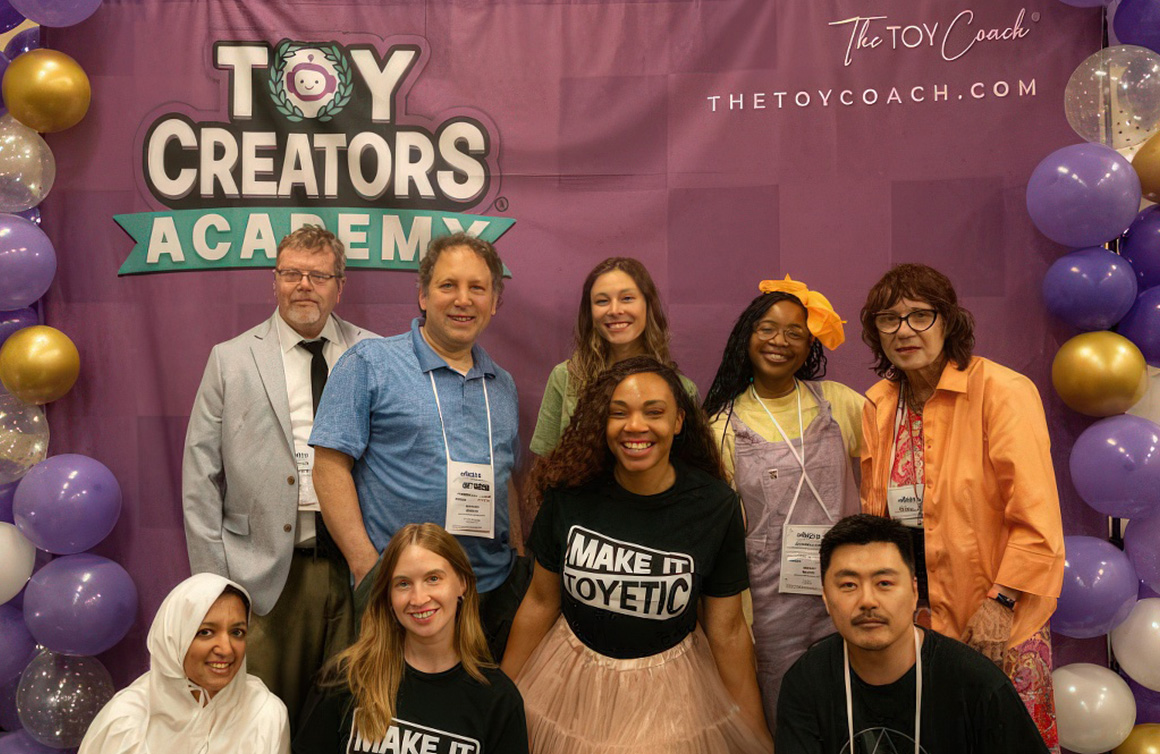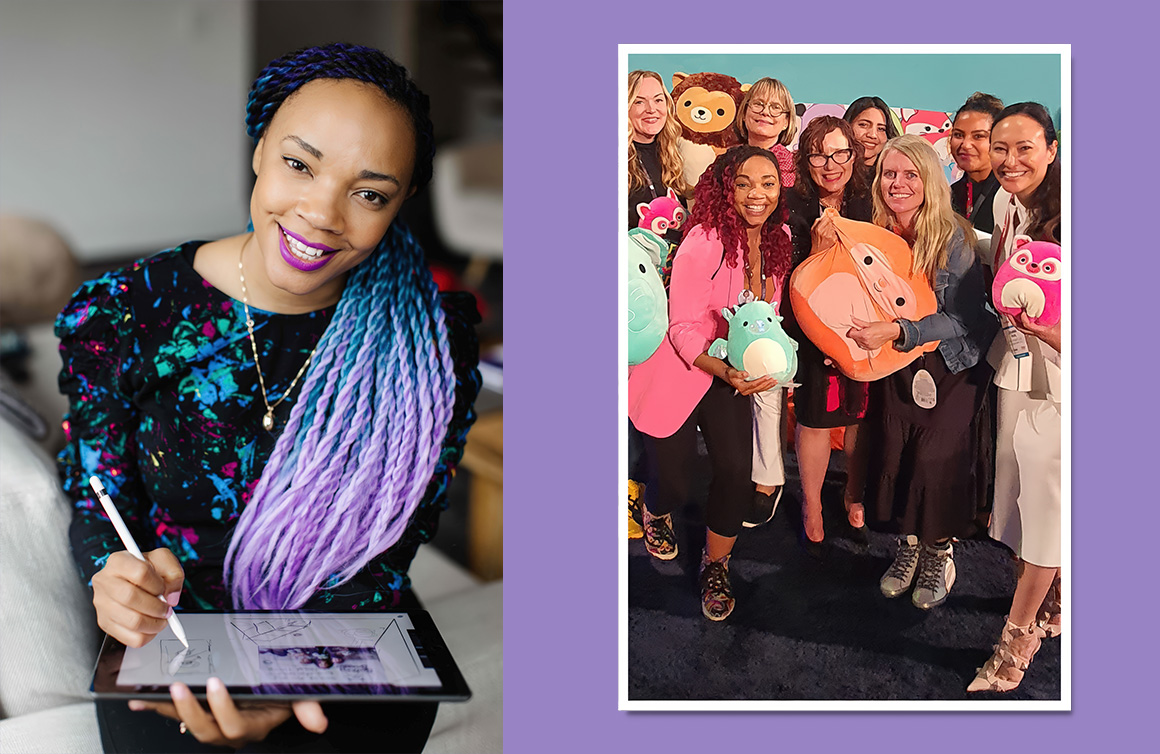You started your career in the toy industry as a designer. What first drew you into the industry?
I just really loved kids, and I always wanted to work with kids in some way.
I was first drawn into the Fashion Institute of Technology (FIT) for exhibition design. All of my exhibition designs were kids’ exhibition designs — I would do children’s science museum exhibits. My senior thesis final exhibit was a colour and light exhibit. When I was graduating, one of my teachers suggested the toy design program at FIT because he had observed that I kept making everything about kids. I had one exhibit that was a giant Twister, so it was pretty apparent. I inquired about the program, applied, and that was it.
I did some internships and got my first job as a new product development designer in 2010.

What motivated you to leave the corporate world to establish The Toy Coach?
The pandemic motivated me to change something.
I was staying home and saving so much more money. I questioned why, when I was making a great salary, I was never able to enjoy my amazing Manhattan apartment. Being at home because of the pandemic and still earning that salary started me thinking that there must be a better way.
I started a podcast, Making It in The Toy Industry, that gained some traction. People were reaching out to me for help. I kept saying no to projects because I had a full-time job. Eventually, somebody reached out to me, a big enough brand that I was able to say “yes”. I quit my job and worked with this one big client for a while, and I got a second client. I decided to build a business out of it.
It still feels a little new to me. I mean, it feels big in what we’re doing, but I want to grow so much more.
I didn’t really have much of a platform in the beginning. I established The Toy Coach website as really just a home for the podcast and a place to put a “‘work with me” button. People reached out to me who wanted to develop products. They basically wanted somebody to be their project manager and introduce them to a model maker, a factory, to work on the product, do their packaging, and their style guide. I have a big design background and would do a lot of the graphic design work and would manage whoever my clients would hire for elements such as doll design or action figure sculpting. I would manage their projects as they developed.

Are there common missteps that you see toy and game developers make?
It’s interesting. In the past two years specifically, a new misstep I’ve seen is people entering into agreements that they don’t quite understand and giving away big percentages of their business in exchange for service work that doesn’t equate to the value of what they’re giving away.
When people are first starting out, their businesses are worth zero dollars, so they don’t think there’s harm in giving away 50-percent of zero. The problem is, once you start producing a product, you don’t own enough of the business to really make money on it. People’s misstep is not thinking about profit from the very beginning. When you meet someone who wants 50 percent of your business, not understanding how your pricing level works is the biggest misstep I’ve seen.

What trends in toys and games are developing today?
Everyone’s seeing this right now: it’s the rise of the adult toy collector. Some people hate the word “kidult” — I think it’s fun, I don’t mind it.
The products from my students that are picking up traction right now are nostalgia-based. Products that look like they were made in the 1980s, but they’re not. They are modern-day toys for ’80s kids who are now adults.
The second trend would be for my educational students. I feel like they are going to have a wave, maybe next year. The products are all so different. There are card games with math, STEM, and robots being developed. People are interested in them. There are emotional intelligence educational toys that have gained interest in the past three years — comfort toys such as Squishmallows and Hugimals.
The true, hearty educational products that are designed to teach before play haven’t quite hit their big moment, but I feel like it’s coming because I have seen businesses grow, and my students’ businesses are growing.

Where should someone start when they think they have a great idea for a toy or game?
Start with research.
I tell my students to research like they are someone shopping for the product they’ve invented, and they want to find it. Go to Google. If you think the perfect thing for your child would be a red ball that responds whenever he giggles, Google like you are on a mission to find that ball. You’ll start to search words and terms that might not be the first thing to pop into your mind and if it exists, you want to find it. You don’t want to do a broad search and then spend thousands of dollars developing something that, later on after you get on a call with me, I tell you already exists. That’s my number one piece of advice.
Once you do that research, I want you to try to find the product on Amazon or on a review site and identify what other people are saying about it. Look for three-star reviews. Wherever you can find negatives, those are going to be your opportunities to create a better product. Find a competitor product. Anything someone says negatively about that product offers room for your product to be better than or different from something else.
And, look at the pricing of other products to make sure you’re competitive there, too. So many people want to overlook price. You think when you have an idea you’re really excited that people are going to pay for it — it’s such a good feeling. I started a company where I priced things way too high and the company died because of the pricing. Don’t price out of pride. Price based on research and get really serious about it.
Research, research, research.

Learn more about Azhelle online at The Toy Coach and access expert guidance from toy industry insiders at Toy Courses.





